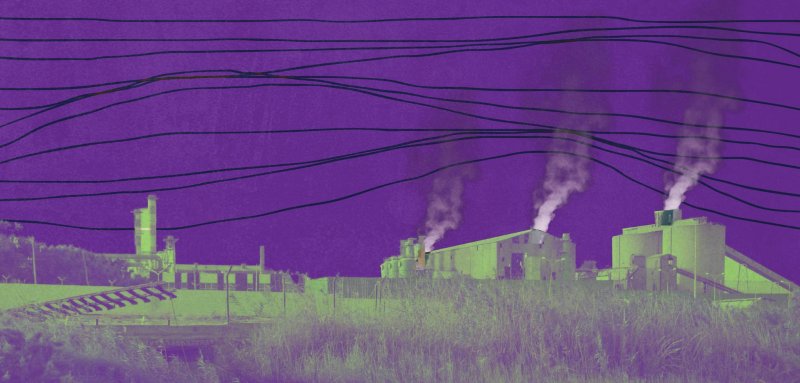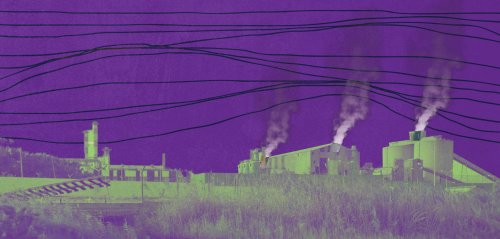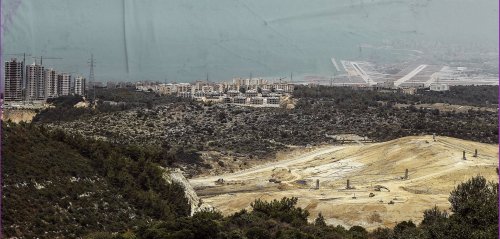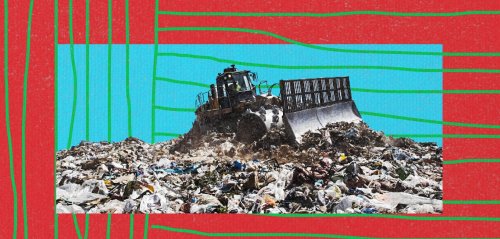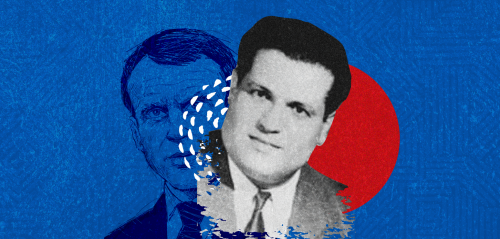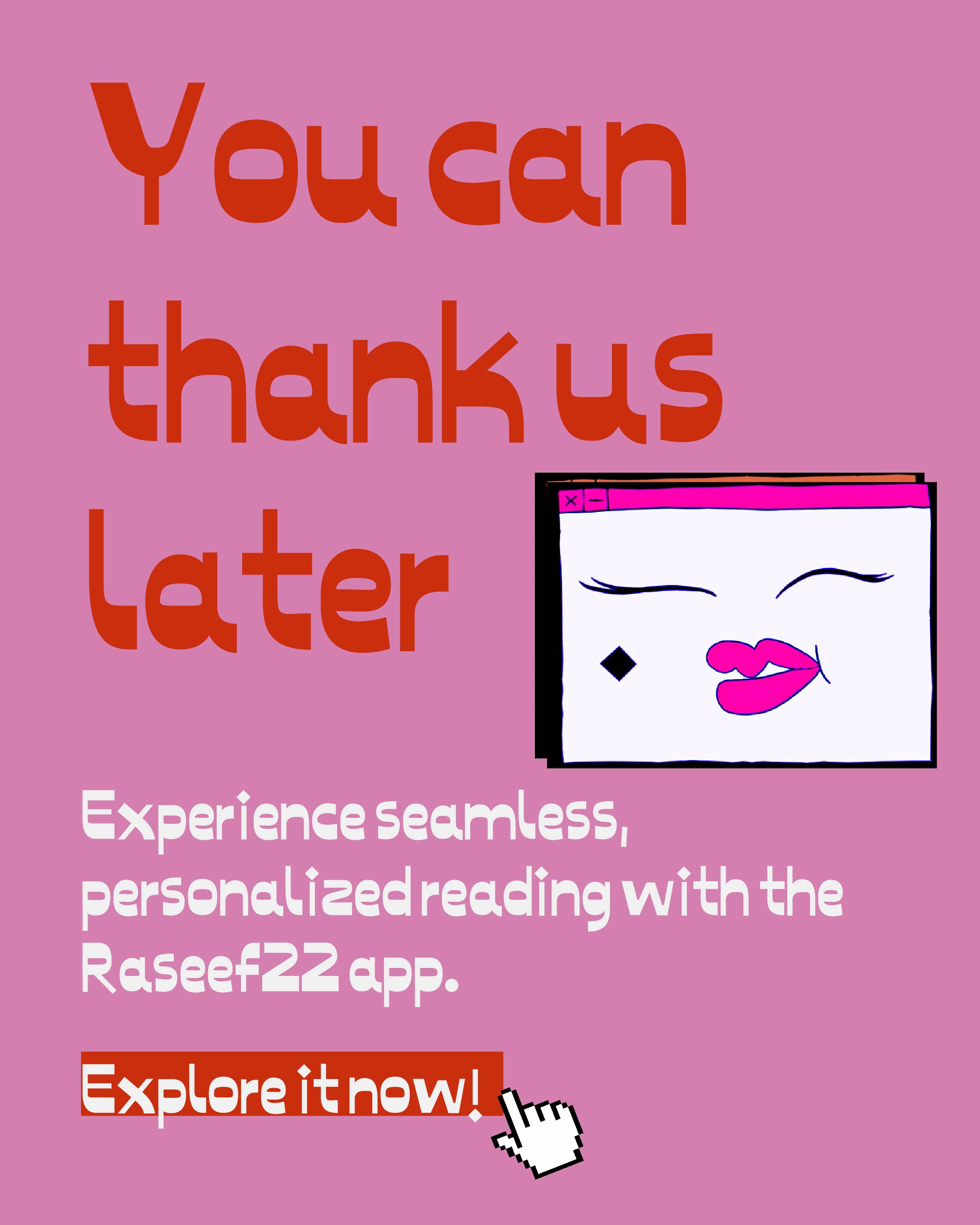Since I was young, I have often heard the phrase "So-and-so passed away from 'that' disease." I never understood why people avoided mentioning the name of that disease, which has become a haunting specter for the residents of Gabes Governorate in Tunisia, even in their dreams, until the unwanted guest knocked on our door, bringing with it the scent of death, pain, and separation.
Manal, a 30-year-old woman from Ghannouch city, recounts how she lost her father when she was only twenty years old. He succumbed to a cancerous tumor in his lung just one year after being diagnosed. That year was far from easy for him and the entire family. He suffered greatly from the disease as it relentlessly ate away at his body and affected every organ until it claimed his life. The family shared in his slow demise, experiencing a different kind of pain and sorrow. After his passing, they were left without a provider, while all the children were still pursuing their education.
In Tunisia's Gabes Governorate, cancer is no stranger to its residents, affecting nearly every family, leaving no one untouched. The constant emission of chemical fumes has resulted in various illnesses, deformities and disabilities for the region's residents
In Gabes, cancer is no stranger to the residents of the governorate. It affects nearly every family, leaving no one untouched, turning into a human tragedy that spares neither the elderly, nor the young, not even unborn fetuses in their mothers' wombs. Although there are no precise official statistics on the matter, the constant emission of chemical fumes in the air has resulted in various deformities and disabilities for the residents of the region, particularly those living near the chemical complex established in 1972. This complex houses phosphate refining units and is situated just a few hundred meters away from the Shat Al-Salam neighborhood.
The Gulf crisis has further exacerbated the health, economic, and environmental problems faced by the residents of the governorate. Despite ongoing efforts by the civil society to demand the removal of polluting units, viable solutions remain elusive. Even proposals regarding the utilization of waste produced by the complex, known as "phosphogypsum," fall on deaf ears when presented to the relevant authorities, despite the possibility of such solutions helping to halt the environmental catastrophe and safeguard the well-being of the governorate's inhabitants.
 The polluted coast of Gabes in Tunisia
The polluted coast of Gabes in Tunisia
A unique marine oasis plagued by toxins
Khaireddine Dbeiba, an activist from the "Stop Pollution in Gabes" group, highlights the exceptional nature of the governorate's climate. It is an oasis that overlooks the sea, blessed with abundant water resources, natural springs, and a bay teeming with fish. However, ever since the emergence of the first industrial activity in the region, namely the Gabes Cement Company, the water resources have been damaged due to the drilling of deep wells near the region's major natural water sources. Following the establishment of an industrial zone dedicated to phosphate conversion, additional wells were dug to wash the phosphate arriving from Gafsa. Consequently, the oasis's water system became disrupted.
Dbeiba points out that the chemical complex in Gabes releases 16,000 tons of waste daily from the phosphate conversion process used to produce phosphoric acid, which contains heavy metals. This amounts to five million tons per year, over a span of 50 years, leading to the desertification of the sea and the spread of phosphogypsum for approximately a kilometer along the Gulf of Gabes. As a result, whale habitats have been lost, and the region's biodiversity has suffered.
The civil society activist also sheds light on the environmental damage inflicted upon this unique region and the socio-economic consequences for the local population, who once relied on the oasis, the sea, and tourism for their livelihoods. But now, the area has been classified as a "red zone" and deemed off-limits to tourists, further hampering all other sectors such as agriculture and fishing.
He argues that Gabes, an oasis surrounded by mountains and the sea, is not compatible with the concentration of industrial activities being carried out within its boundaries. He emphasizes that choosing the governorate for such endeavors was a mistake and a crime, and that the aim of the "Stop Pollution in Gabes" movement is not merely to draw attention to the environmental peril in Gabes, as the residents are acutely aware of it. Since the beginning of the revolution, their primary demand has been the closure of the complex. Its presence in residential neighborhoods is seen as a manifestation of dictatorship, despite the resulting hardships. The movement seeks to mobilize people and exert pressure on successive governments to find a solution to the environmental crisis.
Every day, the chemical complex in Gabes releases 16,000 tons of waste. Over a period of 50 years, this amounts to five million tons annually, causing sea desertification and spreading harmful, hazardous substances along a kilometer of the Gulf of Gabes
The civil society activist concludes by stating that the group's efforts gained momentum in 2017, resulting in the decision to dismantle the polluting units of the chemical complex and relocate them away from urban areas. The chosen site was Menzel Habib in the Gabes region, a decision that was rejected by the local community. Since then, the issue of transferring the units has been abandoned, primarily due to its high cost (estimated at 5 billion dinars), given the fragile economic situation.
And he concluded with a firm confirmation that the "Stop Pollution in Gabes" group is currently preparing for a campaign called "The Next Explosion: When?" This is because death in Gabes is no longer a slow process but has become immediate, thanks to the hazardous industries that caused a deadly explosion in 2021, claiming the lives of six workers.
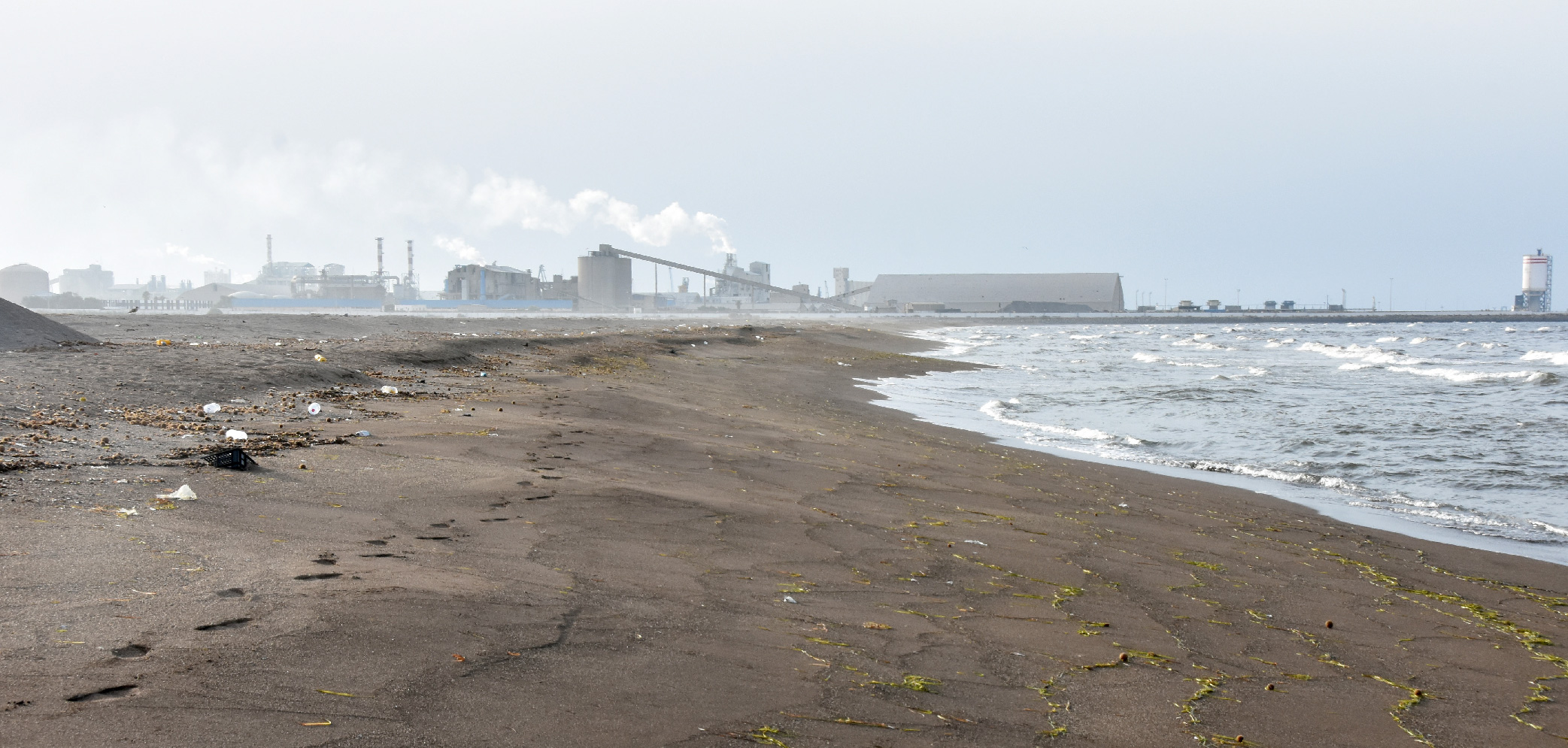 The polluted coast of Gabes in Tunisia
The polluted coast of Gabes in Tunisia
The valuable utilization of phosphogypsum
Phosphogypsum is known as a chemical substance that results from the conversion of natural phosphate into phosphoric acid. This material poses significant environmental hazards and threatens the existence of living organisms wherever it is deposited, be it on land or in the sea, due to its nuclear radiation and various impurities.
These chemical activities lead to the release of toxic gases into the air, causing severe health issues for those who inhale them. A study conducted by the European Commission in 2016 revealed that the presence of phosphogypsum in the marine environment has severely disrupted the ecological systems surrounding the industrial zone and led to the destruction of Posidonia oceanica, commonly known as "Neptune grass" and are marine forests considered the lungs of the Mediterranean.
Engineer Ali Ben Hammouda emphasized that phosphogypsum consists of soil, rocks, and sulfur, and it can be effectively recycled through a simple process. By heating sulfur until it becomes a gas and adding water vapor to produce sulfuric acid, while the rocks and soil can be transformed into cement. This sustainable solution would eliminate the need for importing sulfur using hard currency, create job opportunities, and put an end to marine pollution. Thus, valorizing phosphogypsum would be a valuable addition to the Tunisian economy.
The waste can be recycled through a simple process to create sulfuric acid, and the rocks and soil can be transformed into cement. This would eliminate the need to import sulfur using hard currency, generate employment opportunities, and halt marine pollution
It is worth noting that the valorization solution is straightforward and feasible. However, various obstacles hinder its implementation, including the reluctance of officials at the chemical complex who express concerns about the technical aspects of this solution. They justify their opposition by citing societal resistance to such measures. Additionally, all ministry officials align with the position of the chemical complex and refuse to disclose the precise reasons for not pursuing the valorization solution, whether they are financial or otherwise.
Regarding the possibility of restoring the Gulf of Gabes to its healthy state through the valorization solution, Ben Hammouda explained that nature has the capability to achieve this within approximately 20 years. Alternatively, the use of dynamite could provide a solution for cleaning the sea within about five years, but it is very costly.
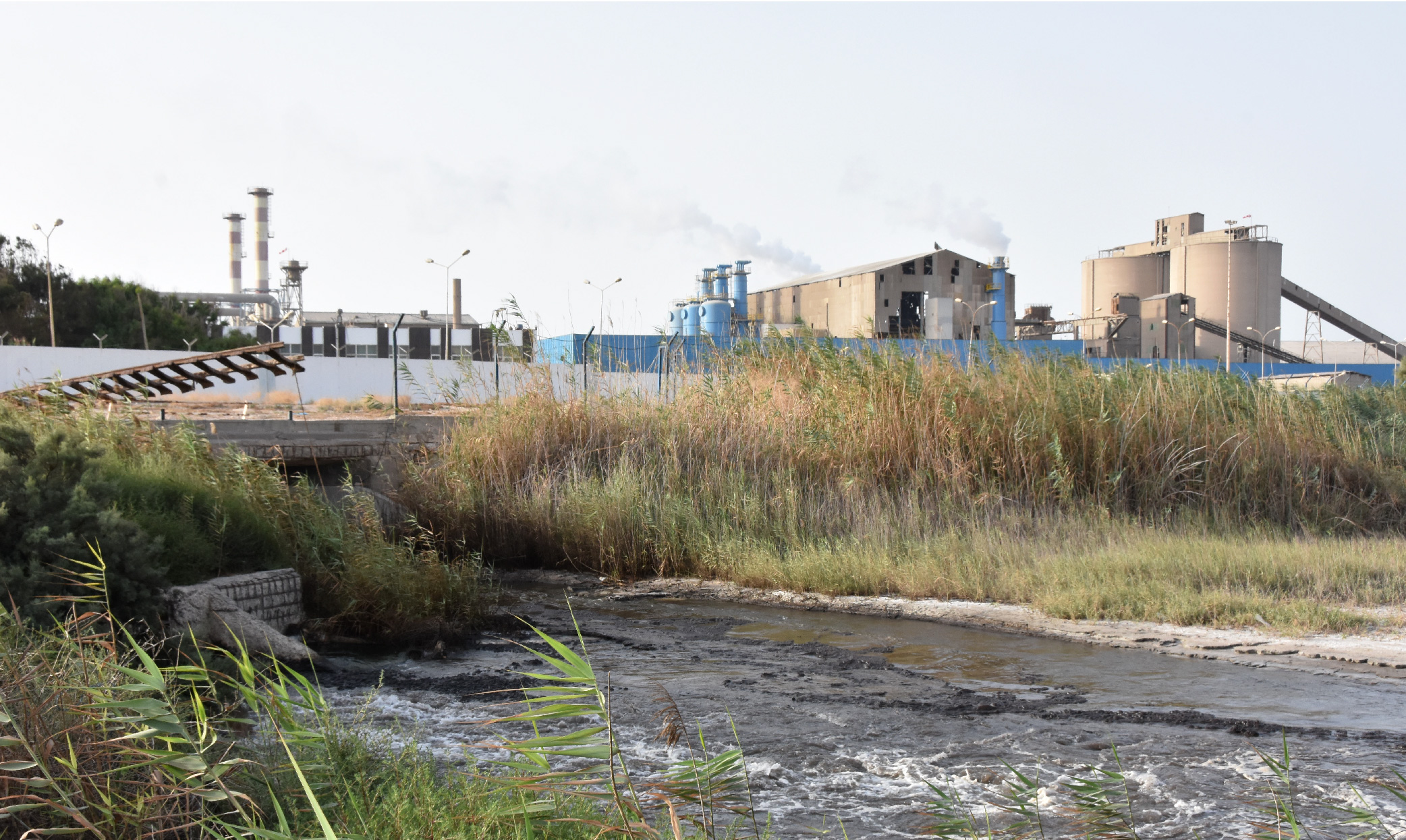 The toxic chemical plant of Gabes in Tunisia
The toxic chemical plant of Gabes in Tunisia
The features and potential of phosphogypsum
The region of Gafsa, in turn, suffers from the detrimental effects of phosphogypsum, a waste product disposed of by the chemical complex along with its units on land there. Dr. Nabila Al-Meshi discussed the ongoing project to valorize phosphogypsum at the Faculty of Sciences in the Laboratory of Material Applications for Energy, Environment, and Water in the region. She highlighted Gafsa's status as a mining city and the various epidemics and diseases caused by these solid waste materials.
The reuse of phosphogypsum is a viable project, but the machinery required is costly
During an interview with Raseef22, she shares her exploration of phosphogypsum valorization and the many experiments she conducted. The findings revealed that this material possesses a texture akin to cement and gypsum, with closely aligned mechanical properties. It demonstrates high capabilities for sound and thermal insulation. The experiments have confirmed its suitability for construction, offering the advantage of being lighter in volume compared to cement.
Al-Meshi also incorporated phosphogypsum into paper derived from plants growing along the coast. This resulted in high-quality paper characterized by robust mechanical strength, and the addition of phosphogypsum imparted freshness and whiteness. She emphasized that the properties of this paper resemble those of ordinary paper, which often faces the issue of inflated prices. Thus, exploring alternative approaches in the paper industry beyond relying solely on conventional materials is feasible.
Phosphogypsum, the substance released by the chemical plants, poses significant environmental hazards and threatens the existence of living organisms wherever it is deposited, be it on land or in the sea, due to its nuclear radiation and various impurities
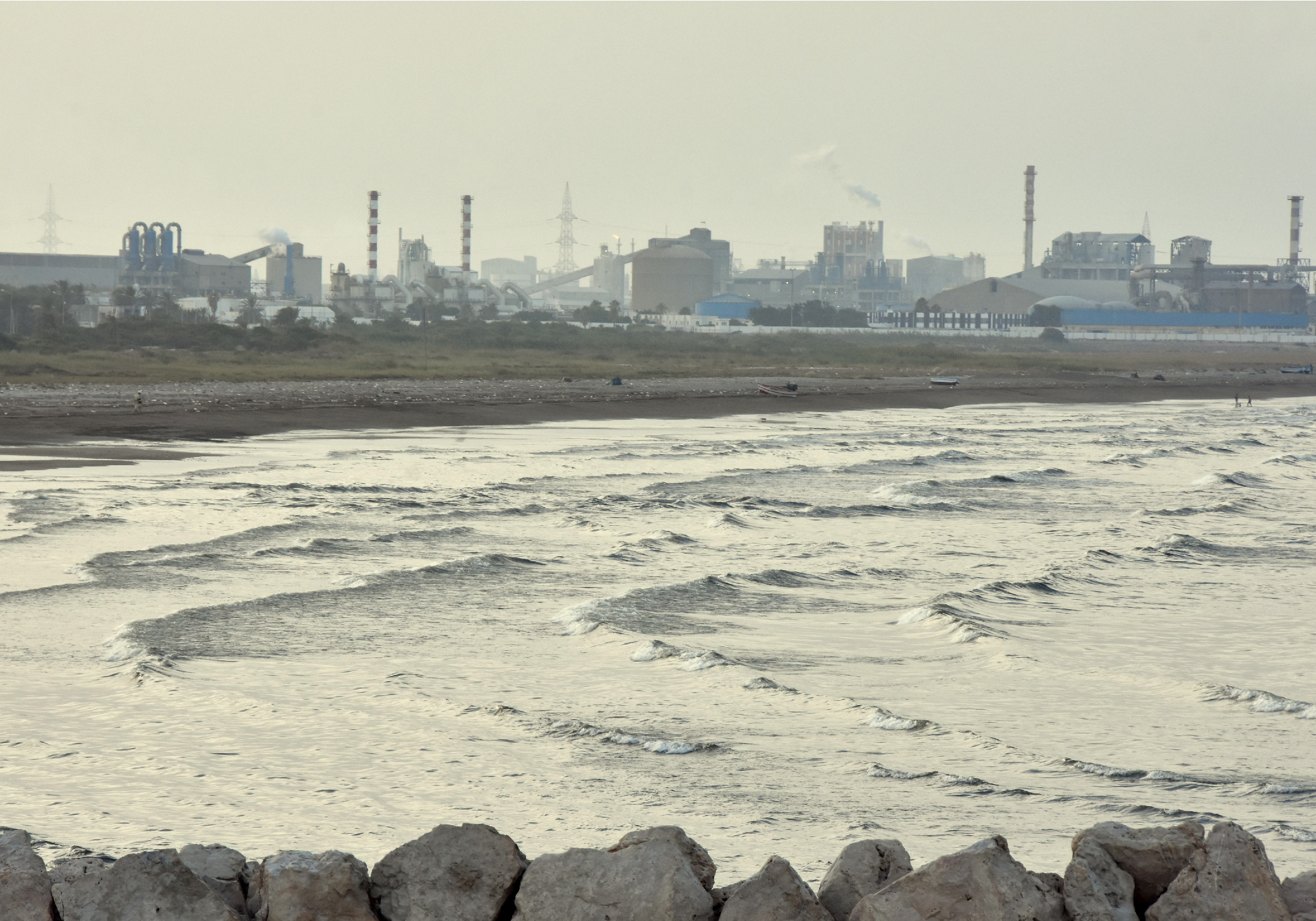 The polluted coast of Gabes in Tunisia
The polluted coast of Gabes in Tunisia
The researcher underscores that phosphogypsum contains radiation, but through a series of treatment stages, the radioactive components can be effectively eliminated. She points out that phosphogypsum valorization is an attainable project based on the research she conducted. However, the machinery required for its implementation is very costly. She mentions that the project is still in the research and development phase at the laboratory and expresses hope for funding from relevant authorities to support phosphogypsum valorization projects, mitigating risks and enabling its utilization instead of mere disposal on land and in the sea.
It is worth noting that the governorate of Gafsa bears the brunt of environmental pollution among all Tunisian regions. Its inhabitants have been exposed to chemical toxins for 70 years. Despite Tunisia's position as a leading phosphate exporter, the cost of development has been very costly, both environmentally and in terms of public health.
Raseef22 is a not for profit entity. Our focus is on quality journalism. Every contribution to the NasRaseef membership goes directly towards journalism production. We stand independent, not accepting corporate sponsorships, sponsored content or political funding.
Support our mission to keep Raseef22 available to all readers by clicking here!
Interested in writing with us? Check our pitch process here!
